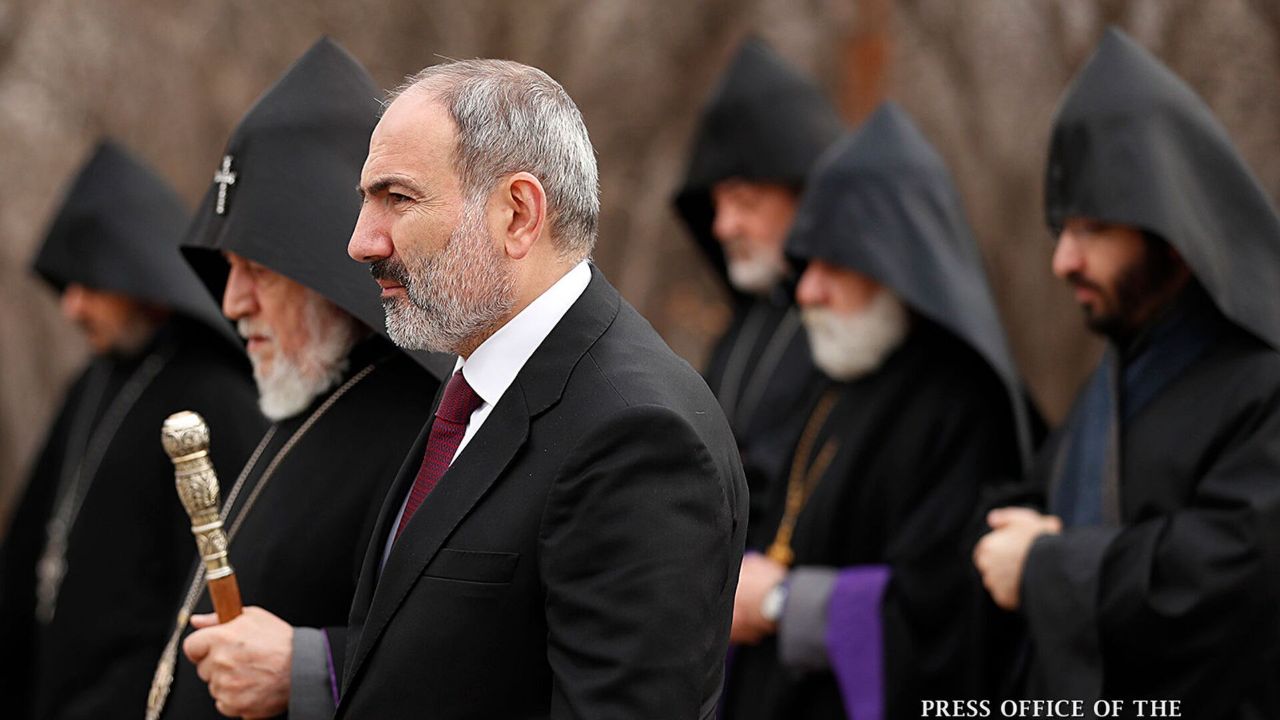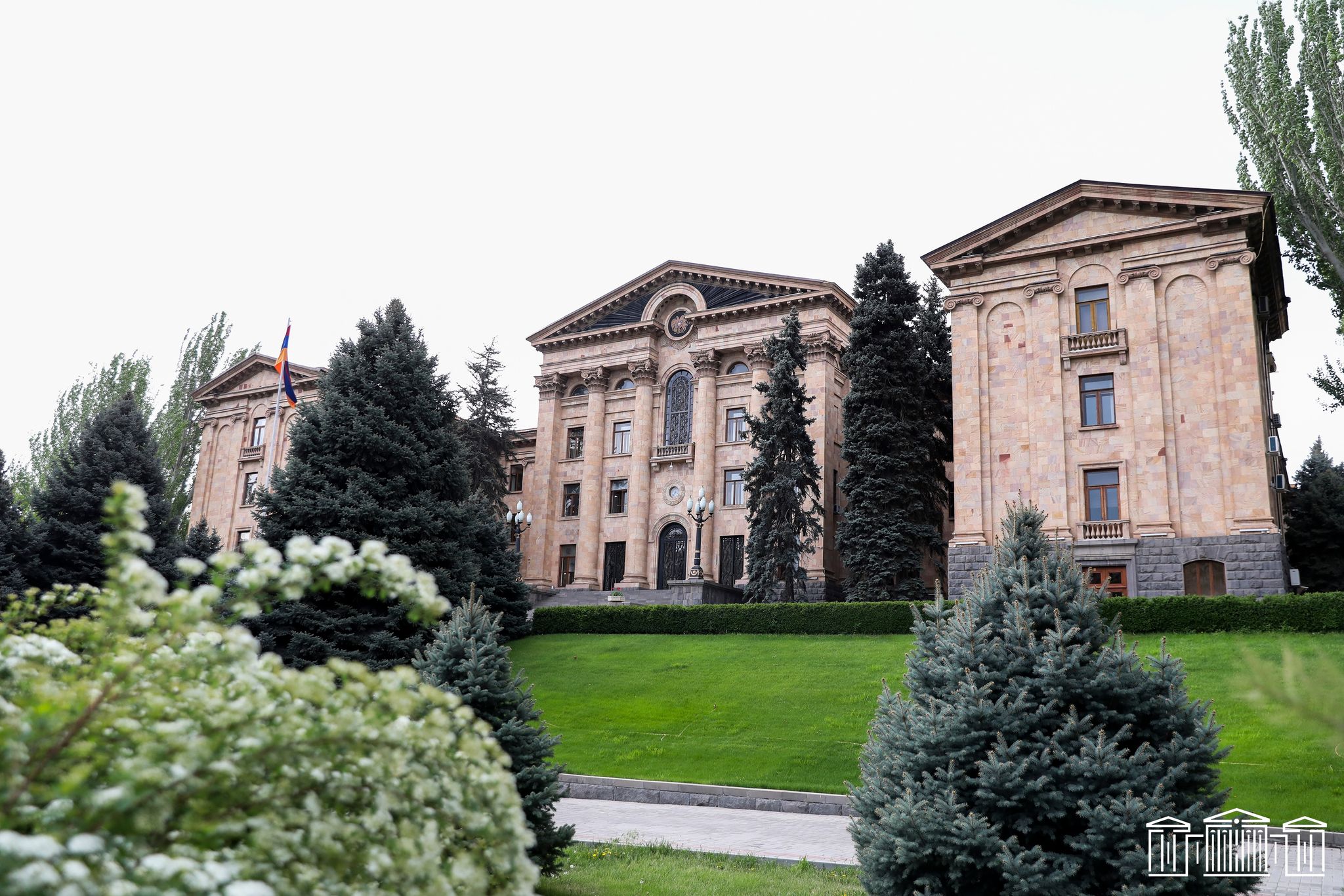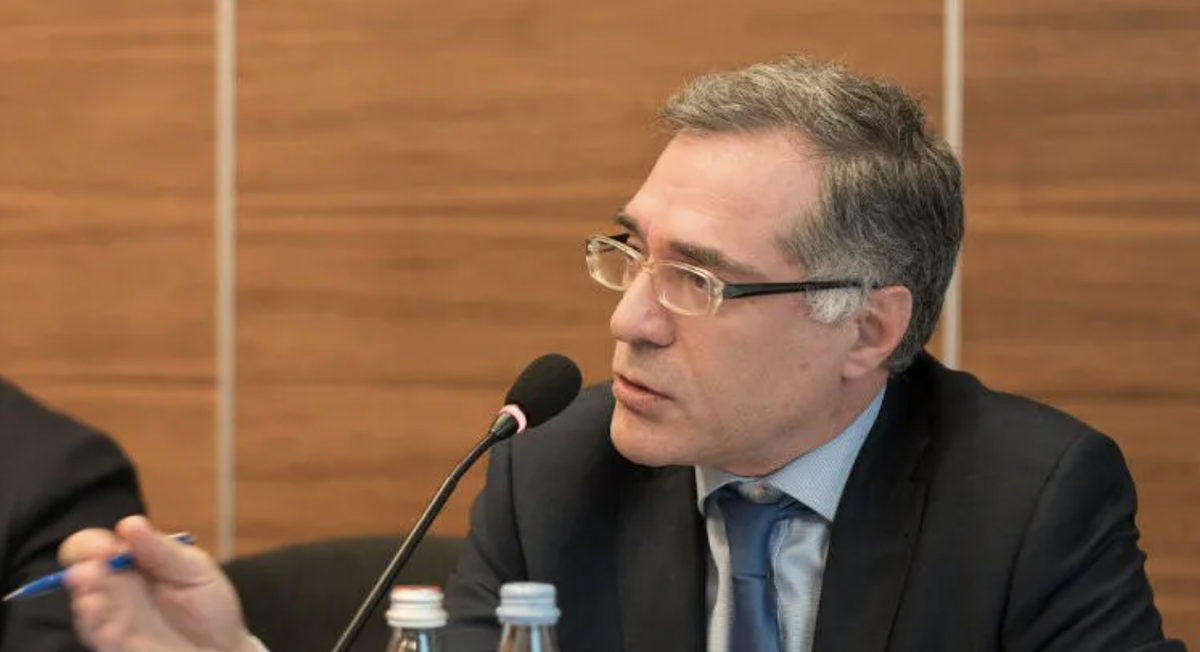Protests against construction of new hydro plant grow in Georgia
Thousands of people came out in protest yesterday on May 23 against the construction of the Namakhvani hydroelectric power station in the Imereti region, in the immediate vicinity of the third largest city after the capital, Kutaisi.
Activists, supported by many environmentalists, claim the area faces environmental disaster as a result of the construction of a dam for the hydropower plant on the Rioni River.
The authorities argue that there is no danger, and that the Namakhvani hydroelectric power station will be a decisive step in ensuring the country’s energy independence.
The protesters gathered in Republic Square, set up about 50 tents and gave the authorities time to fulfill the main demand, to stop construction, by 12 noon on Monday, May 24. If this does not happen, activists promise to start protests that will “completely paralyze the capital.”
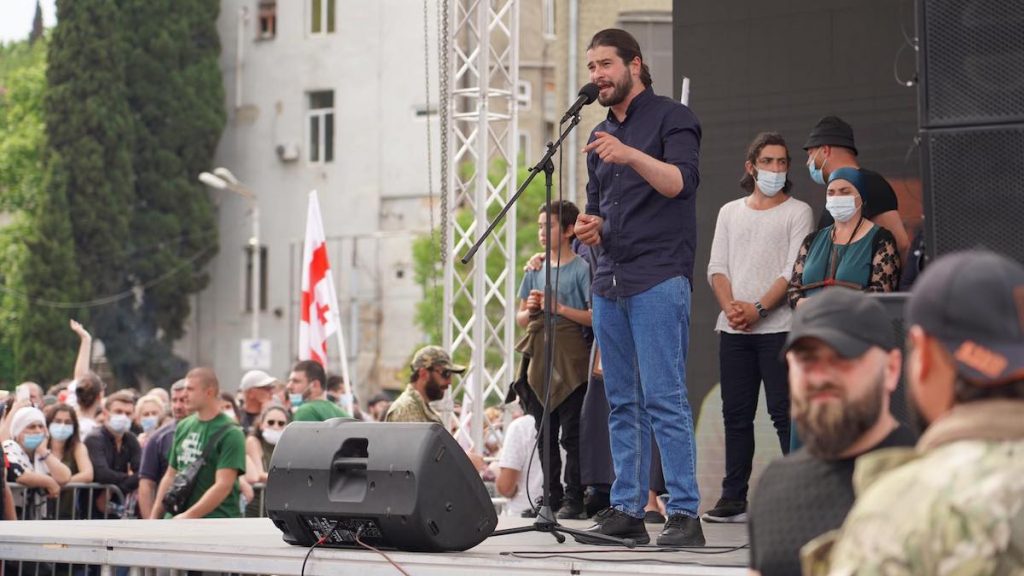
The group of activists, which calls itself Defenders of the Rioni River, has other requirements besides the termination of work on the construction of the HPP cascade:
- Cancel the agreement with the Turkish company ENKA, which is the main contractor in the construction of the hydropower plant, as well as all other agreements and documents related to this project.
- ENKA must leave the gorge of the Rioni River.
- Declare a moratorium on new projects in the energy sector.
- Economy Minister Natia Turnava should resign.
- Raise the issue of the responsibility of all participants in this project: initiate a criminal case not only against Minister Turnava, but also against everyone who signed specific documents for the power station.


“We are preparing for a long struggle. It is partly caused by emotions, but all actions are preceded by planning, strategy. This protest had barely anybody 209 days ago, but today many thousands of people are participating in it,” said Varlam Goletiani, one of the organizers of the rally.
He accused former Prime Minister Giorgi Gakharia of deciding to build the hydropower plant and “selling the Rioni River Valley [to a Turkish investor].”
Goletiani also said that protesters also named among those responsible the billionaire Bidzina Ivanishvili, who is considered the “shadow” ruler of Georgia. “However, there are no facts confirming this, there is not a single signature of him, while Gakharia’s signature is on every document,” Goletiani said.
“We do not need to overthrow this government, it will overthrow itself,” Varlam Goletiani said at the rally.
The protest actions were commented on by the Prime Minister of Georgia Irakli Garibashvili. He said that since 2012 [the time when the current ruling Georgian Dream party came to power], complete freedom and democracy have reigned in the country.
“Everyone has the right to freedom of expression, including the right to protest. Therefore, what is happening is absolutely normal for me,” Garibashvili said.

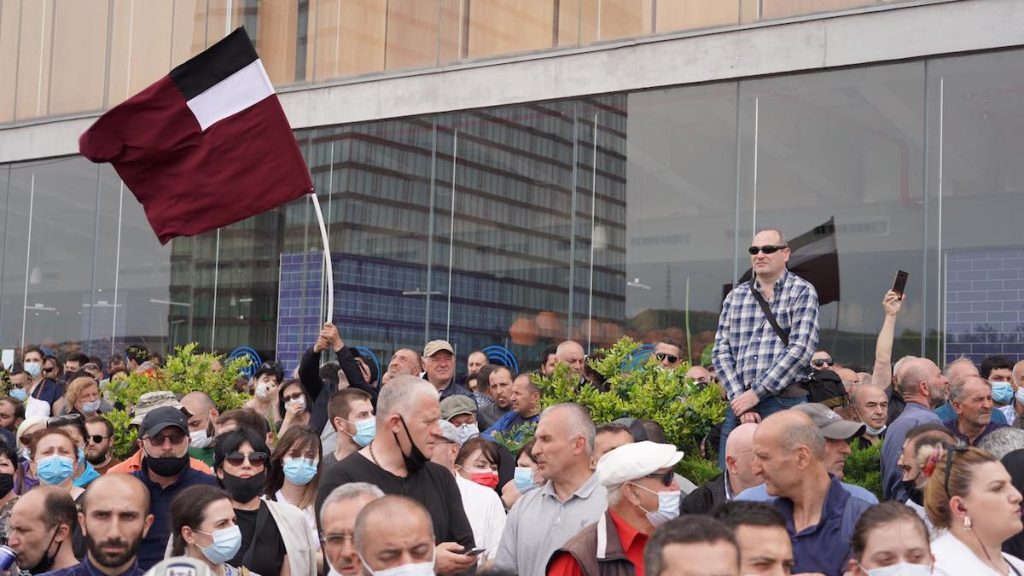
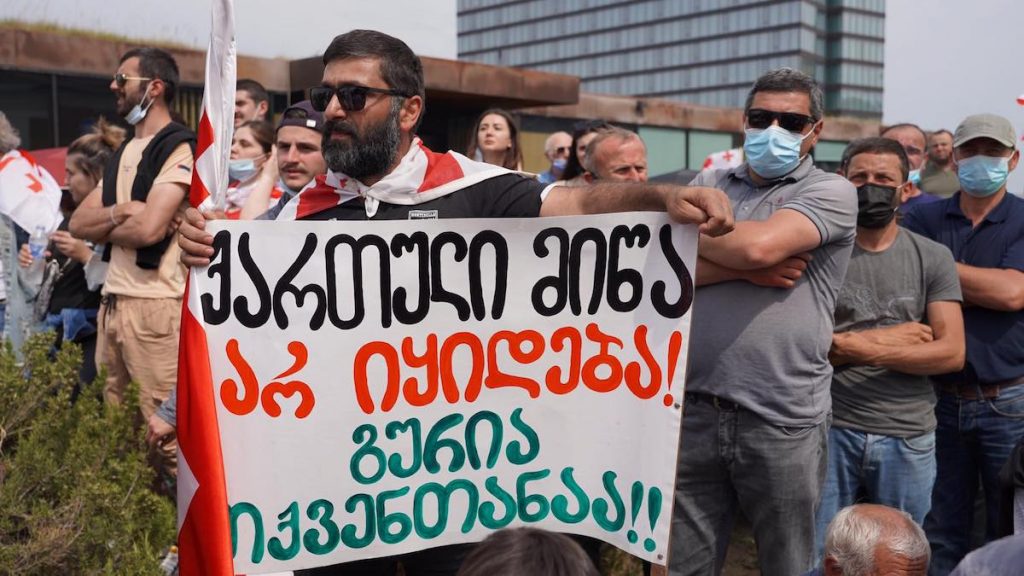
The Namakhvani HPP – arguments for and aginst
If the Namakhvani hydroelectric power station is nevertheless built, it will be the largest energy project of independent Georgia since the acquisition of its statehood after secession from the Soviet Union.
One of such projects during the Soviet era was the Inguri hydroelectric power station.
The investment cost of the project is $800 million. Turkish company Enka plans to build a hydroelectric power station in Western Georgia in the Rioni River gorge, in the municipalities of Tskaltubo and Tsageri.
The Namakhvani HPP cascade includes two HPPs – Tvishi HPP with an installed capacity of 100 MW, which will be 60 meters high, and Namakhvani-Joneti with an installed capacity of 333 MW, which will be 111 meters high. The total capacity is 433 MW. Annual output is 1,500 GWh.
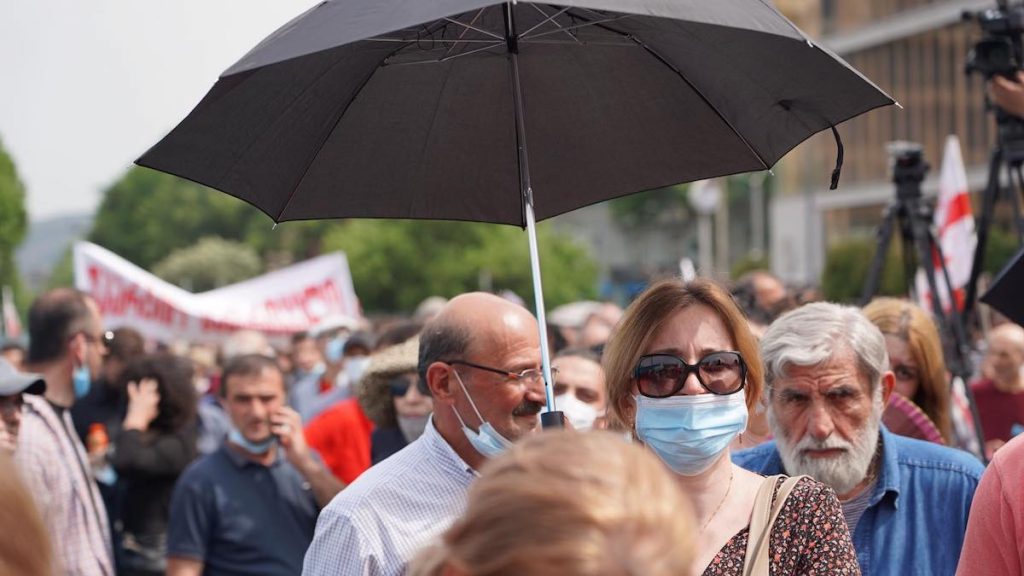

Why could the construction of the hydroelectric power station on Rioni be a disaster?
- The hydroelectric plant will completely flood the valley and endanger the existence of 18 villages. That is why the locals call the project “the dam of death”.
- The dam will stand just a few kilometers from the second largest city in Georgia, Kutaisi. If the dam is damaged, a 34-meter wave will reach the city in 19 minutes.
- Environmentalists say the project is so ambitious that its impact on the environment has not yet been properly studied. This impact could be potentially critical.
- An environmental impact report prepared by the Gamma Consulting group says that the implementation of the Nizhny Namakhvani project alone will sacrifice a large amount of arable land, five villages will be flooded and about three hundred families will be resettled.
- The project is accompanied by serious seismic risks. According to experts of the organization “Green Alternative”, Namakhvani will not withstand an earthquake even with a force of five points. Meanwhile, a few kilometers from the city, in Racha, in 1991 there was an earthquake of magnitude seven.
- In addition to significantly changing the nature in the region, the hydroelectric power station will also change the culture of the region – tourism, cultural heritage, winemaking.
The Georgian government fully supports the project. Economy and Sustainable Development Minister Natia Turnava calls environmental concerns “exaggerated”.
Turnava visited the construction site of the hydroelectric power station several times and said that “this construction is one of the largest projects in the modern history of Georgia, a great contribution to the energy independence and security of the country.”
Protest history
For more than six months, local residents, environmentalists and activists have been protesting around the clock in the Rioni Gorge near the village of Namakhvani in western Georgia, trying to prevent Enka from starting the construction of the hydroelectric power station.
A film by JAMnews author Elena Asatiani about “Guardians of the Rioni Valley”











